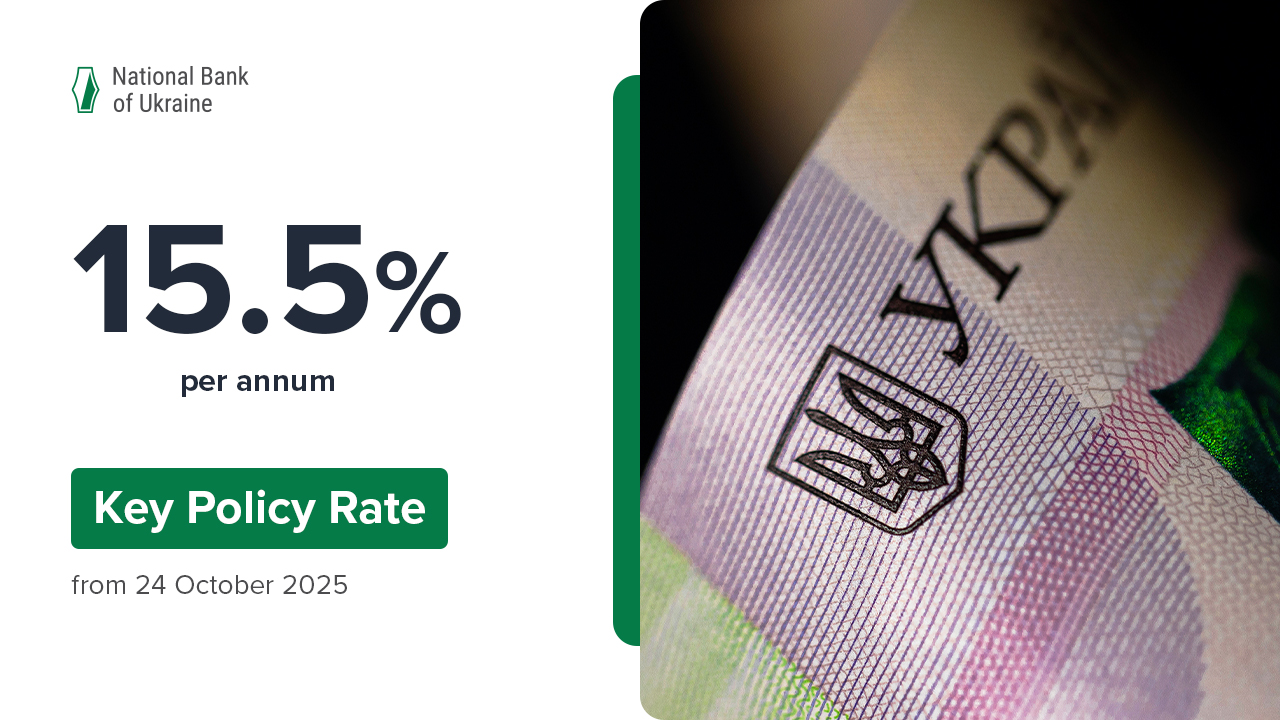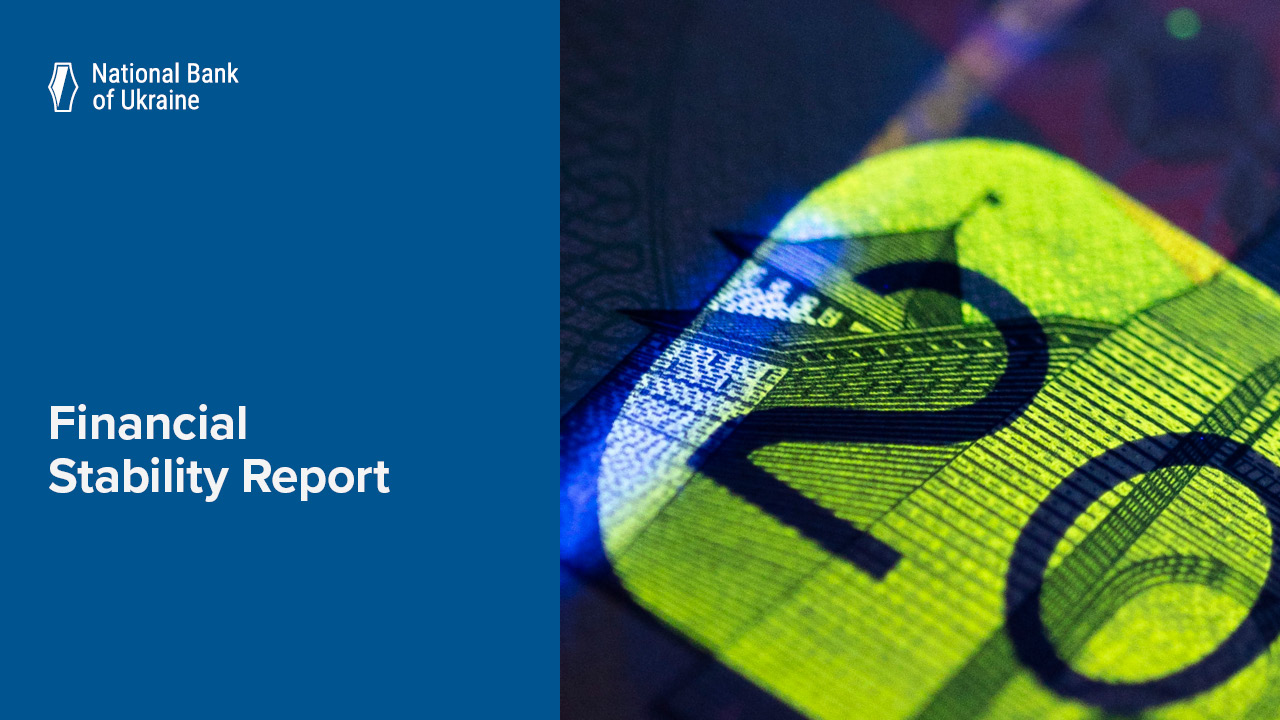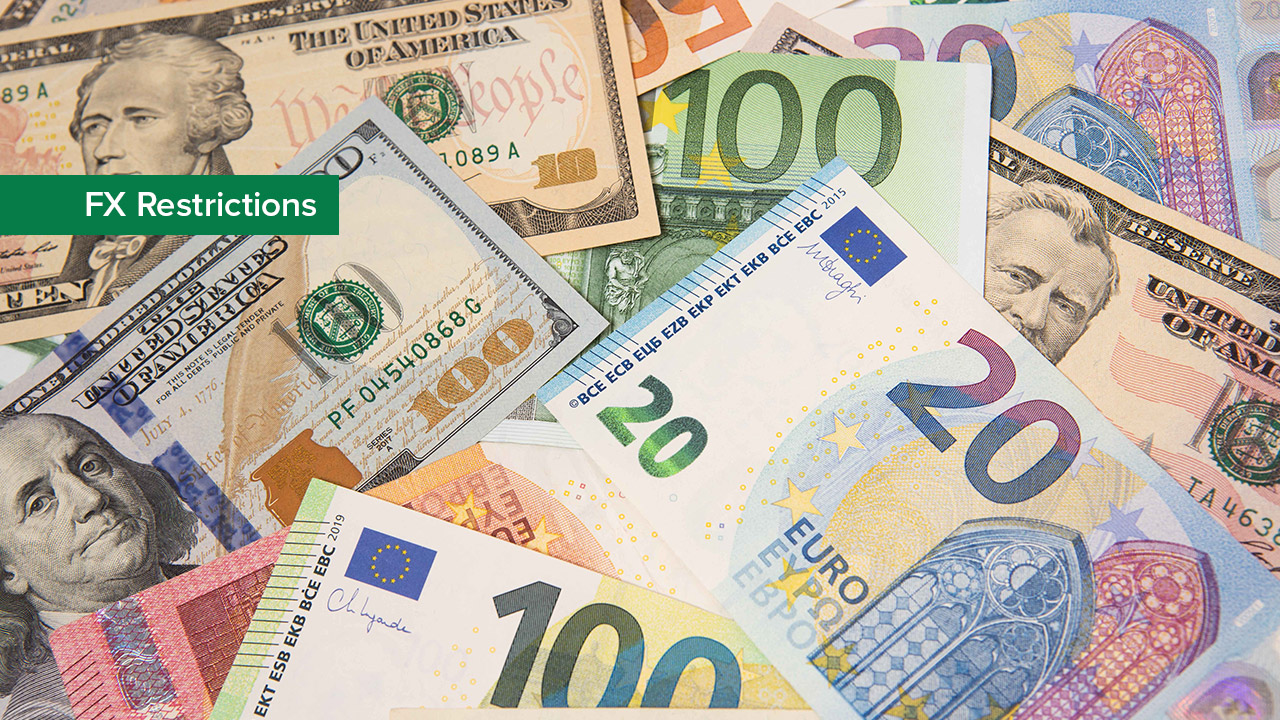At this year’s last session, the National Bank of Ukraine Council (hereinafter – the Council) has acknowledged that the monetary policy pursued by the National Bank of Ukraine in January – September 2013 met the goals and objectives set forth in the Main Principles of the Monetary Policy for 2013, ensured stability of the monetary unit of Ukraine, helped maintain the banking system stability, and supported the economic policy of the Cabinet of Ministers of Ukraine through the use of available tools.
The Council has stated that from January through September 2013 the year-on-year growth of the consumer price index fluctuated around zero percent. ‘Macroeconomic conditions for implementation of monetary policy were characterized by the improved indicators of the balance of payments: during the first three quarters of 2013, the overall balance of payments recorded a surplus of USD 1.5 billion, versus a deficit of USD 0.8 billion in the same period of the last year. A sound balance of payments helped redress imbalances in the foreign exchange market and ensure a predictable exchange rate of the hryvnia. In the first nine months of 2013, the hryvnia to dollar interbank exchange rate had fallen by 1.18%, to UAH 8.1471 per USD 1’, reads the statement released by the National Bank of Ukraine Council.
Given the low inflation environment, the National Bank of Ukraine has made consistent efforts to boost the national economy, among other things, by ensuring that the money supply is in line with the macroeconomic situation. From January through September 2013, the money supply rose by 12.7%, and the monetary base expanded by 11.5%. The monetary base growth that was above the target set in the the Main Principles of the Monetary Policy for 2013 was in line with the economic situation and was therefore deemed permissible by the Council in accordance with the recommendations (hereinafter – the Recommendations) set forth in Council Resolution No. 11 of 05.09.2013 regarding the creation of appropriate monetary stimuli to revive economic growth.
The Council has stated that the monetary unit stability has helped enhance economic agents' confidence in it. From January through September 2013, the national currency deposits grew by 22.8%, with the foreign currency deposits increasing by only 1.4%. As a result, the level of deposit dollarization fell from 43.7% to 39.0%. ‘An increase in the funding base of banks has helped bring down the cost of national currency funds. The average weighted interest rate on the national currency loans dropped to 15.2% in September 2013, compared to 17.6% in December 2012, and the interbank interest rate fell to 3.1%, compared to 8.1%’, reads the statement released by the National Bank of Ukraine Council.
An expansion in banks’ deposit portfolio and market expectations stabilization have contributed to the gradual revival of lending to the real sector of the economy - in the first nine months of 2013, loans granted to businesses grew by 7.1% as compared with an increase of 3.5% in the relevant period of 2012.






